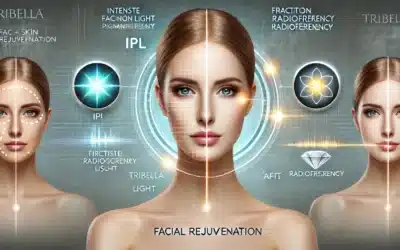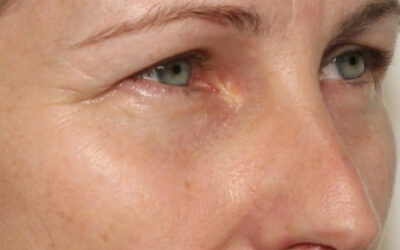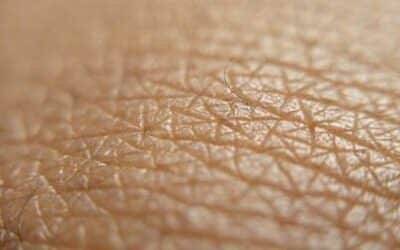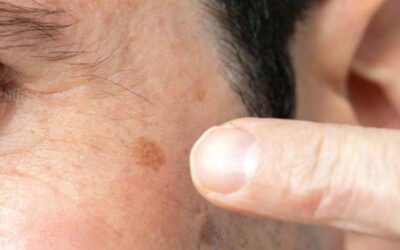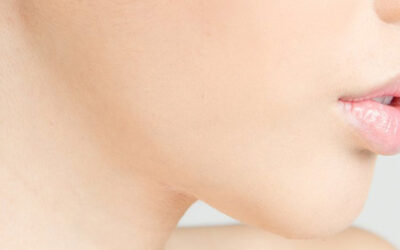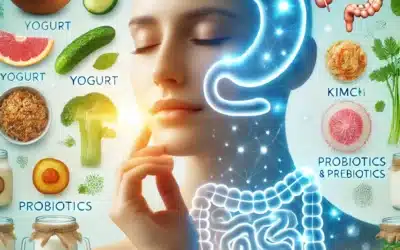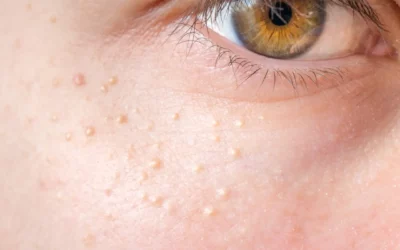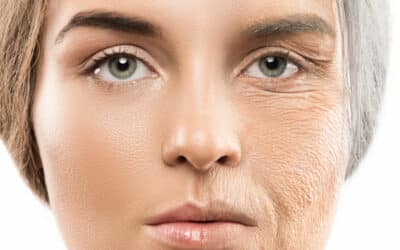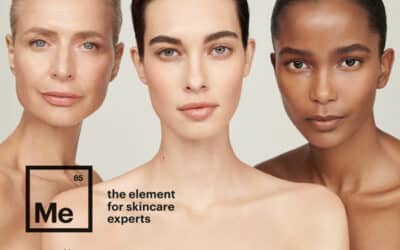TriBella Facial Rejuvenation Benefits
TriBella Facial Rejuvenation Benefits : The Ultimate Non-Surgical Aesthetic Treatment Key Components of TriBella Facial Rejuvenation TriBella combines three cutting-edge technologies in a single treatment session to deliver outstanding results: Photofacial (Intense...
How To Treat Photoaging Of The Skin
The Peel You are Having When You are Not Having a Peel It is that time of the year again when our skin is letting us know the summer has been a little unkind. The telltale signs of hyperpigmentation are quite apparent on our skin. One of the most effective ways to...
Enzyme Exfoliation for the Winter Skin
Enzyme Exfoliation for the Winter Skin All skin types can benefit from enzyme exfoliation during the cooler months of winter, where hot showers and heaters create superficial dryness. Enzymes are a naturally occurring solution for this challenge by digesting and...
Brown Skin Spots On The Face And The Sun
Brown Skin Spots On The Face And The Sun We all desire a clear and consistent skin tone. However, lingering hyperpigmentation is a constant barrier to achieving this. It impacts every skin type at every stage of our lives, especially when sun exposure, heat and...
2024 Aesthetic Trends In Beauty And Wellness
Look into the Crystal Ball for 2024 The aesthetic profession is in constant flux, always evolving with the latest trends and technologies in health, wellness, and self-improvement. 2024 is no exception, bringing forward innovations that help us look and feel our best,...
What Treatment Do I Choose? Colour Correction, Skin Firming, Refinement and Radiance.
Colour Correction, Skin Firming, Refinement and Radiance. What Treatment Do I Choose? Texture, tone and colour all play a huge role in defining the appearance of healthy skin. There are many treatments available to improve the texture and complexion of your skin by...
Trust Your Gut When it Comes to Your Skin
Trust Your Gut When it Comes to Your Skin In order for your skin to look good, it is dependent upon how you treat it from the outside and the inside. You may have heard the term gut-skin axis. Our skin is like a window to our gut, if you are suffering constipation,...
What Is Comedogenicity – Pore Blocking Ingredients
What Is Comedogenicity We have all used products where we end up with our skin blocked and spotty. These products can be anything from shampoo, conditioner, moisturiser, makeup or self-tanning products when applied to the skin or hair. Ingredients creating blocked...
Do Men & Women Have Different Skin?
Men vs Women Are They Different? Do Men & Women Have Different Skin? Our largest organ, the skin, has many similarities between men and women, but there are also some key differences. Men's skin is recognised as different from women's by the top skin care...
Reduce Visible Signs of Aging with Collagen
Collagen Reduces Visible Signs of Aging There are three main fundamental building blocks to sustain the skin and reduce the observable signs of aging. These are Collagen, hyaluronic acid and calcium. The most common and plentiful of our bodies' proteins is Collagen....
Renew & Revive Skin with a Peel
Skin Peels - Revive & Renew Your Skin We are moving into the cooler time of the year, which means skin rejuvenation and the reduction of hyperpigmentation should be at the forefront of your mind. Skin peeling is one such technique for skin renewal, offering many...
Beauty Buzz & Healthy Habits
Beauty Buzz, Healthy Habits and Wellness Having forced time off and working from home over the last two years has made more people think about their health and beauty issues. It is time to look at the body, mind, and spirit. The act of taking time to care for oneself...

